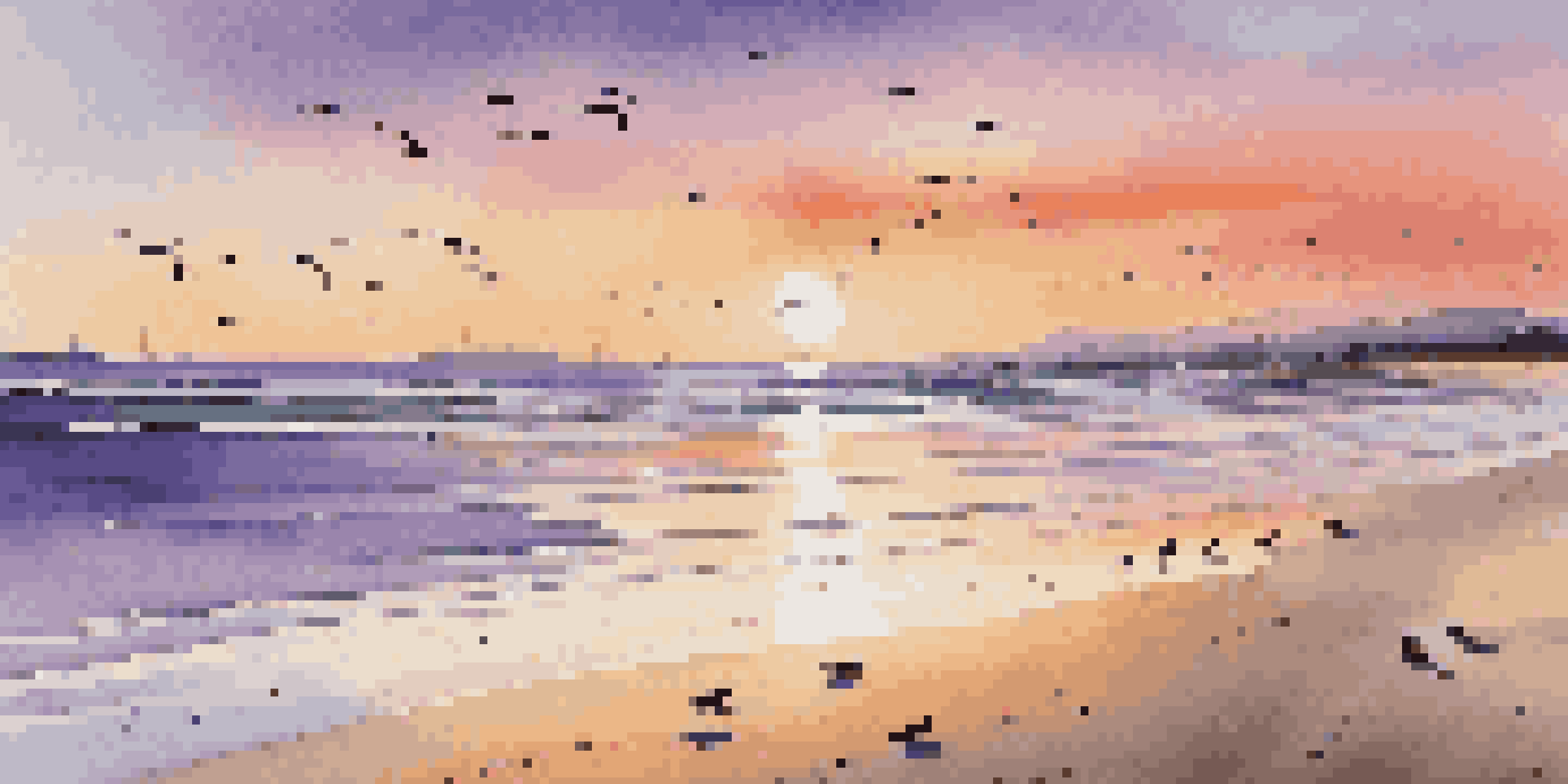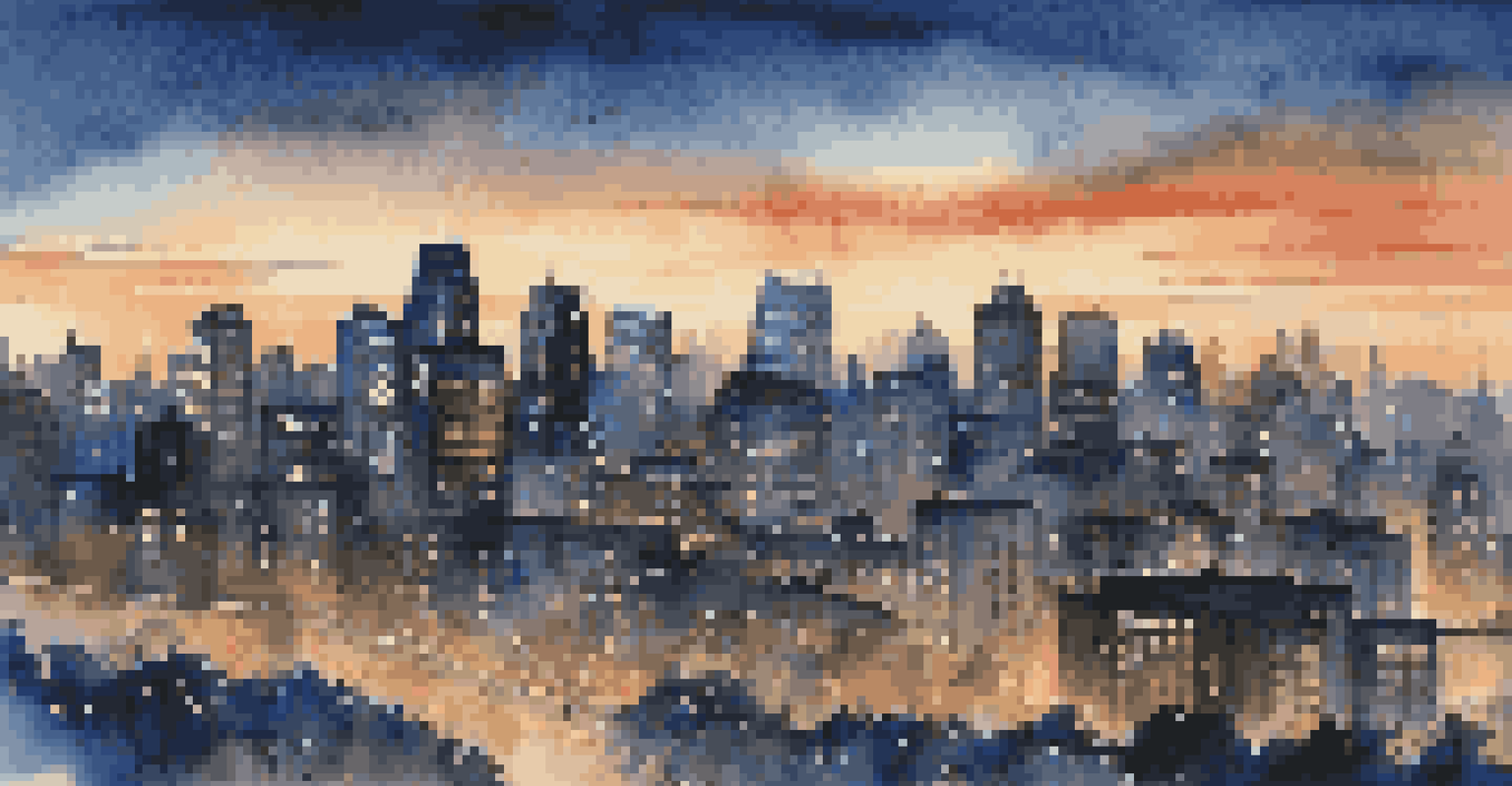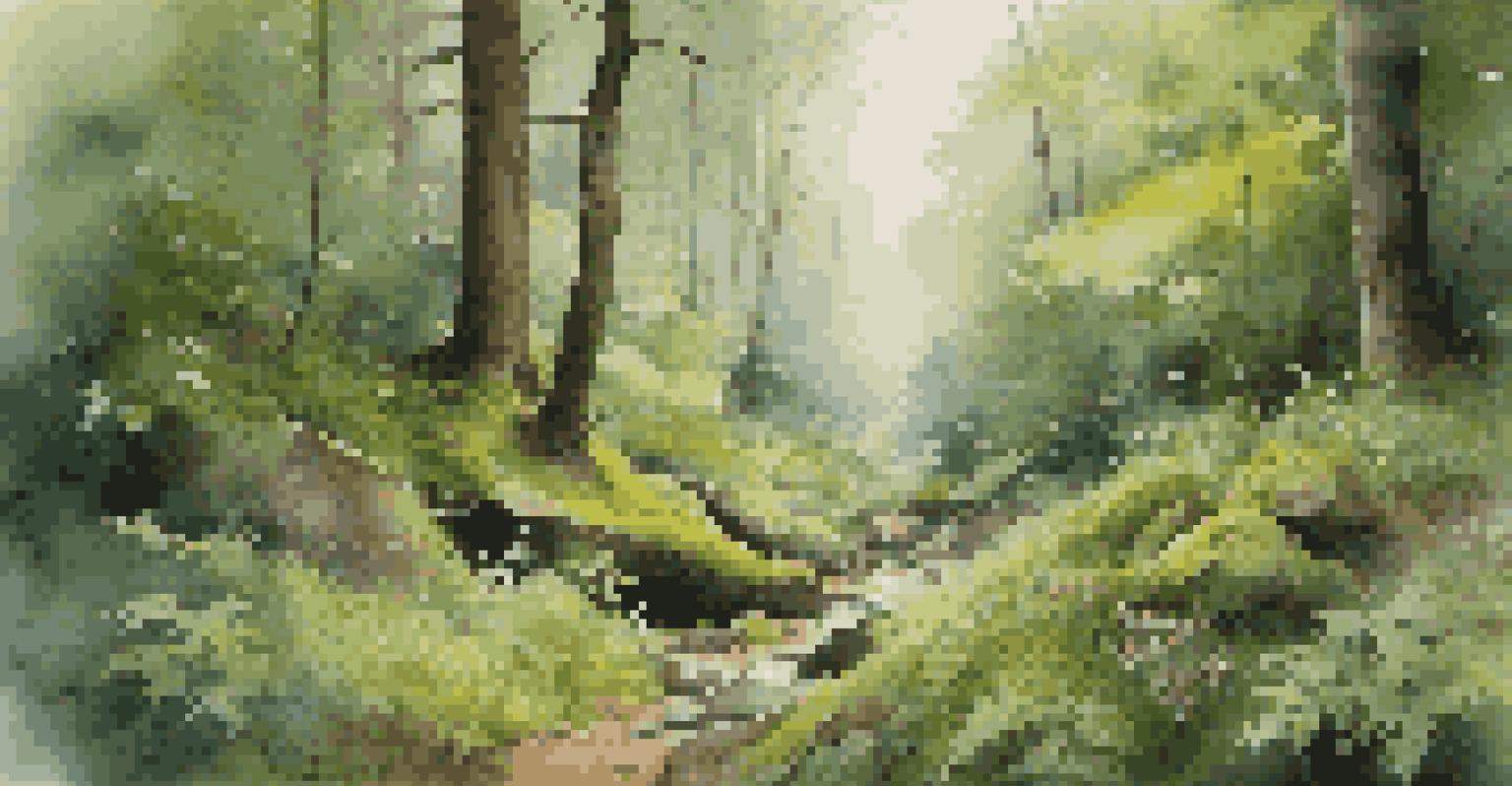Best Times of Day for Capturing Travel Photos

Golden Hour: The Photographer's Dream
The golden hour, occurring just after sunrise and before sunset, is renowned for its soft, warm light. This magical time transforms landscapes and subjects, making them look ethereal and inviting. It creates long shadows that add depth and dimension to your photos, enhancing the overall composition.
Photography is the story I fail to put into words.
Imagine standing on a beach as the sun dips below the horizon, casting a golden glow over the waves. This captivating scene not only evokes emotion but also helps capture stunning colors that are difficult to replicate at other times of day. It’s no wonder photographers often chase the golden hour for that perfect shot.
To make the most of this time, plan your shoots around sunrise and sunset. Use apps that track sunrise and sunset times in your destination, ensuring you’re ready to capture the beauty as it unfolds.
Blue Hour: A Time of Enchantment
The blue hour, occurring just before sunrise and after sunset, is a lesser-known gem for photographers. During this phase, the sky takes on a deep blue hue, creating a serene backdrop for cityscapes and landscapes alike. This enchanting light is ideal for capturing the mood of your surroundings, especially in urban settings.

Picture a city skyline illuminated by twinkling lights against a rich blue backdrop. This contrast not only enhances architectural details but also adds a sense of wonder to your photographs. The blue hour can often evoke a feeling of calm, making your images resonate on a deeper level.
Golden and Blue Hours Shine Bright
The golden hour and blue hour are essential for photographers, offering soft, warm light and deep blue hues that enhance the beauty of landscapes and cityscapes.
To capture the blue hour, arrive at your shooting location early and set up your equipment. This way, you can experiment with various compositions as the light gradually changes, allowing you to seize the moment as it unfolds.
Midday: Embrace the Challenge
Shooting during midday can be challenging due to harsh sunlight and strong shadows. However, it’s not impossible! With the right techniques, you can still capture stunning photos during this time. Look for shaded areas or use reflective surfaces to soften the light and create interesting effects.
The best camera is the one you have with you.
Consider focusing on details or textures that can stand out even in bright conditions. For example, capturing the vibrant colors of local markets or the intricate designs of architecture can yield fantastic results. The midday sun can also enhance colors, making them pop in your images.
Additionally, don’t shy away from experimenting with high-contrast shots. Silhouettes against a bright sky can create dramatic images that convey a sense of storytelling. Embracing the midday sun can ultimately challenge your creativity and lead to unique results.
Cloudy Days: Soft and Diffused Light
Cloudy days might seem less ideal for photography, but they offer a unique advantage: soft, diffused light. This type of lighting minimizes harsh shadows and reduces glare, allowing for more even exposure across your images. It’s perfect for capturing the intricate details of your surroundings.
Imagine wandering through a lush green forest on a cloudy day, where the soft light highlights the vibrant colors of the foliage. This atmospheric quality can evoke a sense of tranquility and depth, making your photos feel more inviting. Plus, overcast conditions can often bring out the richness in colors.
Adapt to Midday and Cloudy Conditions
Midday sun and cloudy days present unique challenges and opportunities, encouraging photographers to experiment with shadows, textures, and soft lighting.
Don't be afraid to explore during these days; they can lead to captivating landscapes and portraits. Look for moody scenes or interesting compositions that benefit from the gentle light, and you’ll be surprised at the results.
Night Photography: Capturing the Stars
Night photography opens up a whole new world of possibilities, allowing you to capture stunning images of the stars, city lights, and night scenes. The lack of natural light forces you to experiment with longer exposures, resulting in mesmerizing effects. This can be particularly enchanting when photographing landmarks or landscapes illuminated at night.
Imagine standing under a starry sky, capturing the Milky Way as it stretches across the horizon. With the right equipment and techniques, you can create breathtaking images that showcase the beauty of the night. Using a tripod is essential for stability during long exposures, ensuring sharp and clear photos.
Moreover, night photography can evoke a different mood compared to daytime shots. The contrast of light and shadow can create a dramatic atmosphere, making your travel memories even more memorable. So, don’t forget to pack your tripod and explore the night!
Seasonal Variations: Embrace the Changes
Different seasons bring unique lighting conditions and colors that can enhance your travel photos. For example, autumn offers warm hues and dramatic skies, while spring is filled with vibrant blooms and lush greenery. Each season presents an opportunity to capture captivating images that reflect the essence of your destination.
Consider how the time of year can affect your shooting schedule. The long days of summer may allow for more golden hour opportunities, while winter can provide crisp, clear air that enhances visibility and detail. Embracing the seasonal variations in light can lead to stunning contrasts in your photography.
Plan for Seasonal Photography
Each season offers distinct lighting and colors, so adapting your photography style to these variations can lead to captivating images that reflect your surroundings.
Don’t be afraid to adapt your style to suit the season. Whether it’s capturing vibrant summer sunsets or the soft light of a snowy winter day, each season holds potential for breathtaking photography. So, embrace the changes and let your creativity flourish throughout the year.
Preparation: Planning for the Perfect Shot
No matter the time of day, preparation is key to capturing stunning travel photos. Researching your destination, understanding the best times for lighting, and scouting locations can make a significant difference. Having a plan helps ensure you’re in the right place at the right time for that perfect shot.
Consider creating a shot list based on the times of day and lighting conditions. This can help you stay organized and focused during your travels. By knowing what you want to capture, you can make the most of your time and resources.

Additionally, always keep your camera ready. Sometimes, unexpected moments arise, and being prepared allows you to seize those opportunities. Whether it’s a stunning sunset or a candid moment, being ready to shoot can help you create lasting memories.